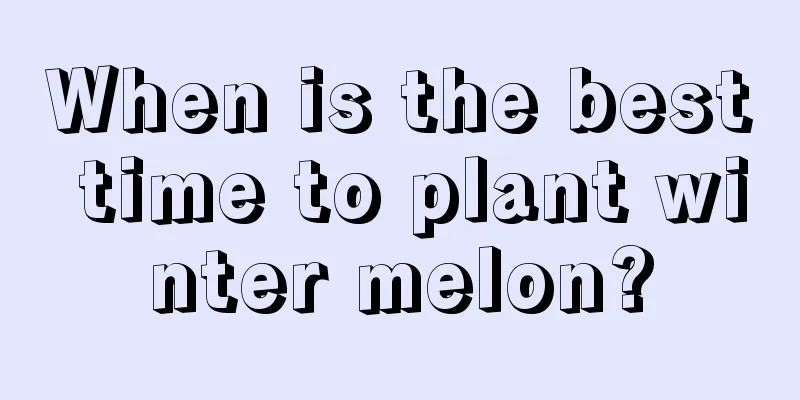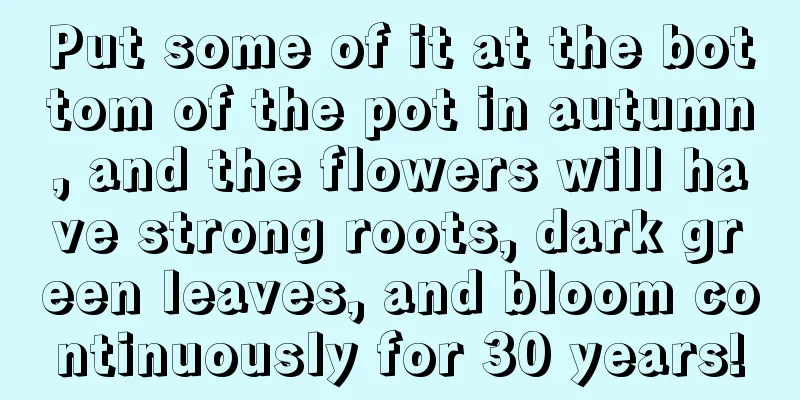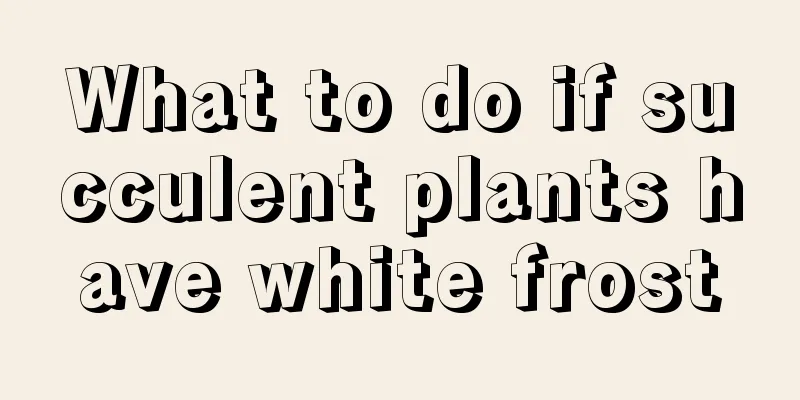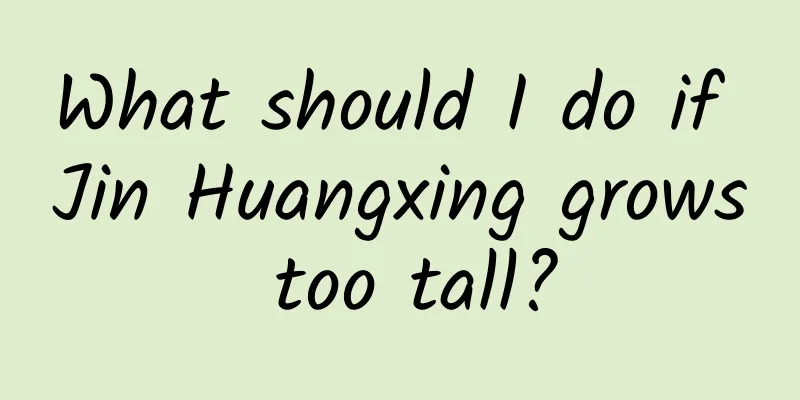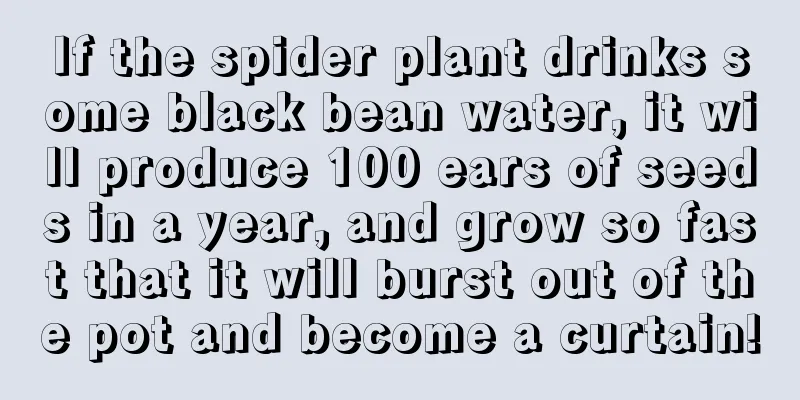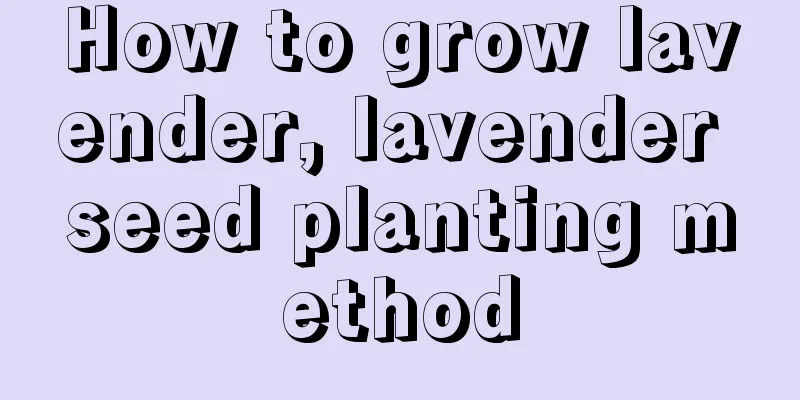How to manage peach trees after picking peaches (management technology of spraying and fertilizing peach trees after picking fruits)
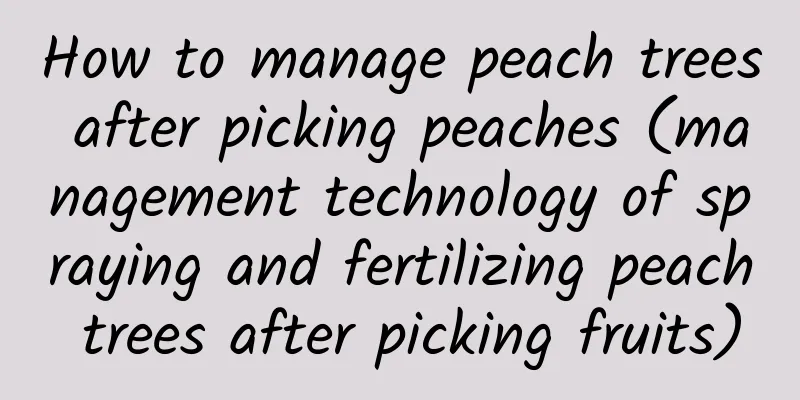
|
The period from peach harvesting to leaf fall is a critical stage for peach trees to accumulate nutrients and differentiate flower buds. The quality of management during this period will directly determine the peach tree's ability to survive the winter, as well as its growth and fruiting in the second year, which in turn affects peach yield and quality. After picking some varieties of peach trees, it is the dog days of summer. Then the field management of this orchard can be divided into four aspects: 1. Pest and disease control:After the peaches are harvested, there will still be pests and diseases left in the orchard. Common pests in summer include aphids, red spiders, leaf rollers, etc. We recommend the use of thiamethoxam/acetamiprid + avidin + chlorpyrifos for prevention and control to reduce the base number of pests in the orchard. In terms of diseases, bacterial punching disease and gummosis of peach trees often occur after rain. Bacterial punching disease can be prevented and treated with 32% oxadiazine ethionine or zhongshengmycin. The key to gummosis is to remove the gum manually, and apply lime sulfur or 32% oxadiazine ethyl allicin to the wounds of peach trees. Wounds and rain are the key conditions for the disease . 2. Fertilizer and water management:After peaches are harvested, fertilizer and water management is also the basis of peach tree management. In particular, fruit trees with many fruits and weak tree vigor must be fertilized in time to restore tree vigor and make nutritional reserves for flowering and fruiting next year. Foliar fertilizationYou can use 20-20-20 balanced macro-element water-soluble fertilizer at 15-20 kg per mu to promote flower bud differentiation and restore tree vigor. Root basal fertilizerIn September, the new shoots of peach trees stop growing, and nutrients flow back to the branches and roots of the fruit trees, and the growth of the root system reaches a new peak. Depending on the age of the tree, 40-80 kg of decomposed organic fertilizer and 0.75-1.5 kg of compound fertilizer should be applied to the bottom of each peach tree. In addition, in many peach orchards in Shandong, the upper leaves of peach trees are seen turning yellow, which indicates serious iron deficiency. It is necessary to add medium and trace element foliar fertilizers in time according to the actual situation in various places. 3. Reasonable pruningAfter the peaches are harvested, we need to prune the trees reasonably, mainly to adjust the tree structure, increase the ventilation and light transmittance of the park, and ensure that the trees receive good light. In addition, tree pruning can also regulate nutrient distribution, effectively reduce the drying of inner branches, improve the utilization rate of inner branches, and increase the fruiting parts of peach trees. The main pruning methods for peaches after fruit picking include bud removal, branch thinning, and shortening . We need to remove dense branches, double buds, and multiple buds in time, leaving only one branch, and thinning out dense branches, upright branches, and vigorous growth branches to lay the foundation for a high yield next year . 4. Loosen the soil and clean the gardenAfter picking the peaches, we need to till the soil, loosen the soil and weed in time. According to the experience of a doctor of agronomy, the best tillage depth is 10-15 cm. Neither too deep nor too shallow is good. For peach orchards built on flat land, low-lying land, and with many weeds, we must also pay attention to drainage during the rainy season, remove weeds in a timely manner, and avoid large amounts of water accumulation on the surface. At the same time, we also need to remove fallen fruits, fallen leaves, etc., take them out of the orchard for centralized treatment, and reduce the residual pests and diseases in the orchard. 【 Summarize 】 After the peaches are harvested, if they are not managed properly, the trees will easily age prematurely, which will not only affect the lifespan of the trees, but also cause a reduction in production in the second year. Therefore, we must do a good job of post-harvest management of peach trees so that we can grow high-quality and high-yield peaches and obtain the best economic benefits. |
>>: When is the best time to water corn in the late stage (when is the last time to water corn)
Recommend
The two most auspicious shapes of lucky bamboo can be made in 5 minutes, simple and saves money!
How to weave lucky bamboo into a bamboo cage? 8 s...
Why can't I keep the succulents I bought from the flower market alive (Are succulents difficult to keep alive)?
Why is it difficult to keep the succulents you bu...
Is Chinese cabbage a shade-loving or sun-loving plant?
Does Chinese cabbage prefer shade or sun? Chinese...
You don’t need to buy flowers to grow. This way you can turn one pot of flowers into 10 pots
Clivia Mature Clivia will sprout young buds from ...
How long does it take for crabapple cuttings to take root?
Begonia cutting rooting time Begonia is suitable ...
Keeping water spinach at home is nutritious and has many benefits, and the key is that it is easy to grow
Water spinach is a vegetable that we often eat at...
What to do if the leaves of Phoenix do not grow small buds
Phoenix is very drought-resistant, and it is co...
How long does it take for the Areca palm to adapt to the pot?
How long does it take for the Areca palm to adapt...
Spinach growth environment conditions and characteristics
Spinach growth environment conditions and require...
Do woodruffs prefer shade or sun?
Do woodruffs prefer shade or sun? Wood fragrance ...
How to prune morning glory
How to prune morning glory Morning glory can be p...
How to care for hyacinth during its flowering period, when does hyacinth bloom?
1. How to maintain during flowering period 1. Do ...
How to make the love vine bloom and how to take cuttings
1. How to make the love vine bloom 1. Provide a s...
Can potatoes be eaten if they sprout? Can potatoes be eaten if they turn green?
1. Can I eat it? Don’t eat potatoes at home after...
What fertilizer is best for growing peanuts and how to fertilize it
1. Apply farmyard manure 1. Farmyard manure: If y...

